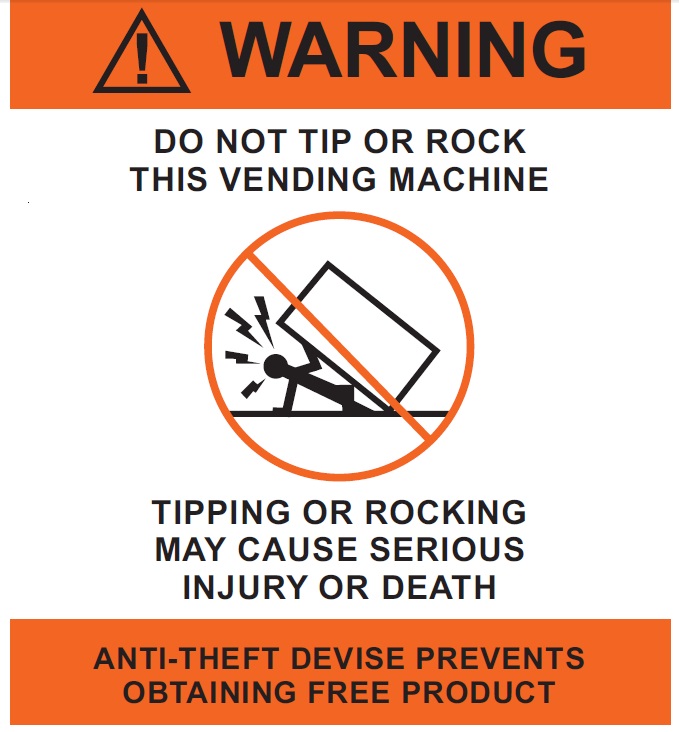Killer vending machines
Evan Zabawski | TLT From the Editor February 2021
Making a point with statistics.

No wonder they started adding those warning labels!
As part of a safety audit at the first laboratory I worked at, we required that each division perform a risk assessment using a risk matrix. The three categories were severity (S), probability (P) and exposure (E), each given a value of 1, 2 or 3, and the product of S×P×E ending up on a scale of 1 to 27. The problem was that one division rated most of their tasks at 27, meaning highest risk, severity and probability.
I was asked to verify their assessment under the assumption that most of them could not be correct, so I began by asking the staff to double check all tasks rated 18 or higher. The list came back unchanged. I then took a different tack, and I was inspired by a factoid I had recently read that appeared in a regular feature of factoids as the last page of “The Economist,” a weekly newspaper in magazine format.
The factoid in question was that the number of fatalities in North America that year that were related to vending machines—or more accurately, tipped/rocked vending machines—was six. No wonder they started adding those warning labels.
When I tried to source more similar factoids, I came across another doozy that explained a prominent design change in disposable pen caps: 100 North Americans die every year from choking on pen caps. I ended up building a list of increasing severity until I came up with the number of traffic accidents in our area (~15,000/year) and traffic-related fatalities (~400/year), yet no laboratory fatalities had been reported that year.
The point of the exercise was to show that driving to work and using a pen to fill out the risk matrix were far more likely to result in a fatality than the task done in the lab. I showed that a task like driving should not rate highly since the exposure should rate a 1 or 2, depending on how much time they spent driving each day, the probability should rate a 1 since millions of trips are taken each year, and only ~15,000 ended in an accident, but that the severity should be a 3 since some accidents result in a fatality.
Seeing the matrix in a new light, the staff reassessed the list and realized that one of the deadliest tasks they performed, handling picric acid, was not really a 27. When picric acid dehydrates in its glass bottle, it can form crystals or metal picrates in the cap contact area, depending on whether the cap is made from plastic or metal, and the danger is that opening the cap under these conditions might result in an explosion. While the severity was rated at 3, the exposure was only a 1 since the acid was handled less than once per month, and the probability could be reduced or controlled by implementing measures like wiping the bottle’s neck, threads and cap with a laboratory wipe dampened with distilled water.
Similar re-evaluations to other tasks found nothing rated higher than 9, and the audit served its purpose in helping the staff identify ways to increase safety and control risk.
Checking those original factoids for this column revealed “at least two” vending machine-related fatalities were reported to the Consumer Product Safety Commission in 1995, but that ballpoint pen-related fatalities still sit at 100. This gave me pause, and further research suggested the pen statistic is quite dubious and continues to reappear all over the internet without a verifiable citation.
For those looking to populate their own list, I would recommend the National Electronic Surveillance System All Injury Program (NEISS-AIP) database for statistics on non-fatal injuries, or WISQARS™ (Web-based Injury Statistics Query and Reporting System) on The Centers for Disease Control and Prevention website for both fatal and non-fatal injuries. Both sites offer easy access to relevant and comparable statistics.
While there is a risk for injury in nearly every task we perform both at home and at work, the goal is to reduce the severity or probability of that injury to as low as we can. As the saying goes: “Your chances of being killed by a vending machine are low, but never zero.”
Evan Zabawski, CLS, is the senior technical advisor for TestOil in Calgary, Alberta, Canada. You can reach him at ezabawski@testoil.com.